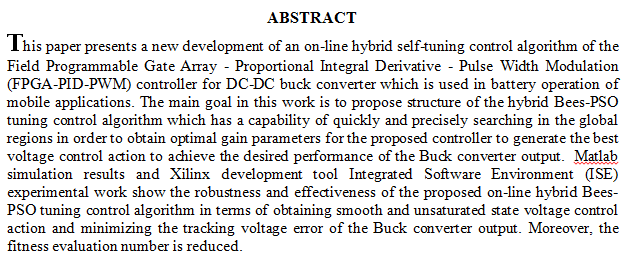
This investigation pertains to the evaluation of water quality in SAWA Lake, located in the Al-Muthanna province of Southern Iraq, from 1977 to 2020. Understanding the water quality and assessments of this Lake is of great importance. The Lake is home to small, transparent, blind fish measuring approximately 10 cm and is often referred to as the "wonderful" or "strange" Lake due to its many unique features. The study focuses on several elements to represent water quality, including total dissolved solids (TDS), electrical conductivity (EC), pH, and temperature (T), which were measured directly in the field. Additionally, scientific concepts such as K+, Ca2+, Cl-, HCO
Charge transfer complex formation method has been applied for the spectrophotometric determination of erythromycin ethylsuccinate, in bulk sample and dosage form. The method was accurate, simple, rapid, inexpensive and sensitive depending on the formed charge- transfer complex between cited drug and, 2,3- Dichloro-5,6-dicyano-p- benzoquinone (DDQ) as a chromogenic reagent. The formed complex shows absorbance maxima at 587 nm against reagent blank. The calibration graph is linear in the ranges of (10 - 110) μg.mL-1 with detection limit of 0.351μg.mL-1. The results show the absence of interferences from the excipients on the determination of the drug. Therefore the proposed method has been successfully applied for the determination of eryth
... Show MoreThis paper presents an experimental study for strengthening existing columns against axial compressive loads. The objective of this work is to study the behavior of concrete square columns strengthening with circulation technique. In Iraq, there are significantly more reinforced rectangular and square columns than reinforced circular columns in reinforced concrete buildings. Moreover, early research studies indicated that strengthening of rectangular or square columns using wraps of CFRP (Carbon Fiber Reinforced Polymer) provided rather little enhancement to their load-carrying capacity. In this paper, shape modification technique was performed to modify the shape (cross section) of the columns from square columns into circular colu
... Show More (1)
(1)
Tight reservoirs have attracted the interest of the oil industry in recent years according to its significant impact on the global oil product. Several challenges are present when producing from these reservoirs due to its low to extra low permeability and very narrow pore throat radius. Development strategy selection for these reservoirs such as horizontal well placement, hydraulic fracture design, well completion, and smart production program, wellbore stability all need accurate characterizations of geomechanical parameters for these reservoirs. Geomechanical properties, including uniaxial compressive strength (UCS), static Young’s modulus (Es), and Poisson’s ratio (υs), were measured experimentally using both static and dynamic met
... Show More (2)
(2)
This paper concerns is the preparation and characterization of a bidentate ligand [4-(5,5- dimethyl-3-oxocyclohex-1-enylamino)-N-(5-methylisoxazol-3-yl) benzene sulfonamide]. The ligand was prepared from fusing of sulfamethoxazole and dimedone at (140) ºC for half hour. The complex was prepared by refluxing the ligand with a bivalent cobalt ion using ethanol as a solvent. The prepared ligand and complex were identified using Spectroscopic methods. The proposed tetrahedral geometry around the metal ions studied were concluded from these measurements. Both molar ratio and continuous variation method were studied to determine metal to ligand ratio (M:L). The M to L ratio was found to be (1:1). The adsorption of cobalt complex was carried out
... Show MoreObjective: To evaluate two kinds of extraction (aqueous and ethanolic) for coriander using seeds, leaves and stems and
studying their antibacterial activity against nine different microorganisms.
Methodology: Coriander was selected to carry out this study. Seeds, leaves and stems were collected from local markets in
Baghdad then dried in shade for at least 10 days and grinded to fine powder. Aqueous hot extracts for 1hr. at (50
c) and
cold extracts for 24 hrs at (4
c) were performed by using seeds, leaves and stems then studied antibacterial effect against
nine different microorganisms by using well diffusion technique. Cold aqueous extracts of coriander seeds for 48 hrs. and
72 hrs and ethanolic extraction
The mineralogical study using X-ray diffraction (XRD) supported by scanning electron microscopic (SEM) examination and energy-dispersive spectroscopy (EDS) on the claystone of the Kolosh Formation from northern Iraq was conducted to Shows the provenance history of rocks. Chlorite, montmorillonite, illite, palygorskite, and kaolinite were recorded in different amounts in the study area. The association of montmorillonite and chlorite in the claystone of the Kolosh Formation (Paleocene) refers to the marine environment. Chlorite and montmorillonite are the common minerals in the Kolosh Formation with less common of illite, kaolinite and palygorskite. These clay minerals are of authigenic, detrital and diagenetically origin, which
... Show More (1)
(1)
